23. 05. 2024 – 15. 09. 2024

Curator: Iva Knobloch
Exhibition design: Josef Tomšej
Graphic design: Štěpán Malovec and Kristina Ambrozová
The title of the exhibition quotes the Werkbund’s long-time chairman, Pavel Janák, and expresses thirty years of efforts to reform housing. Against the bourgeois pseudo-historic interiors, whose production persisted well into the 1930s, the Werkbund sought to create functional, simpler, healthier, cheaper housing that would also take social issues into account. Thus, the exhibition touched on the timely topic of hard-to-afford housing for aspiring young people and families, an issue that the Werkbund’s exhibitions and competitions tried to address 100 years ago within the context of international developments.
The Czechoslovak Werkbund was founded on the model of the existing “werkbunds” in Germany, Austria, Switzerland and Sweden, which contributed to the modernisation of European design, architecture and housing through competitions, exhibitions, publications and their own building activities. The Czechoslovak Werkbund functioned as an interest group that linked creative figures, students, architects and designers with manufacturers and retailers. Its base consisted of individual members as well as schools, museums, textile manufacturers such as Sochor and furniture manufacturers such as UP závody (Industrial Art Works), corporations such as Artěl or cooperatives such as Krásná jizba (Beautiful Chamber) of Družstevní práce (Cooperative Work). Two generations of architects and designers took turns in it, under the leadership of the dynamic and enterprising architect Pavel Janák, who claimed the legacy of the Werkbund’s founder Jan Kotěra. Around 1930, the Werkbund had almost 500 members from all over Czechoslovakia, about a third of whom were graduates and teachers of art schools, and about one-fifth were women. During the economic crisis after 1932, the number of members dropped by almost half.
Until 1925 the Werkbund was at the forefront of efforts to build a national style in architecture and interior design; after 1927 it promoted functionalism, which, thanks to the Werkbund’s interwar and wartime activities, established itself as a universal way of living style in towns and countryside.
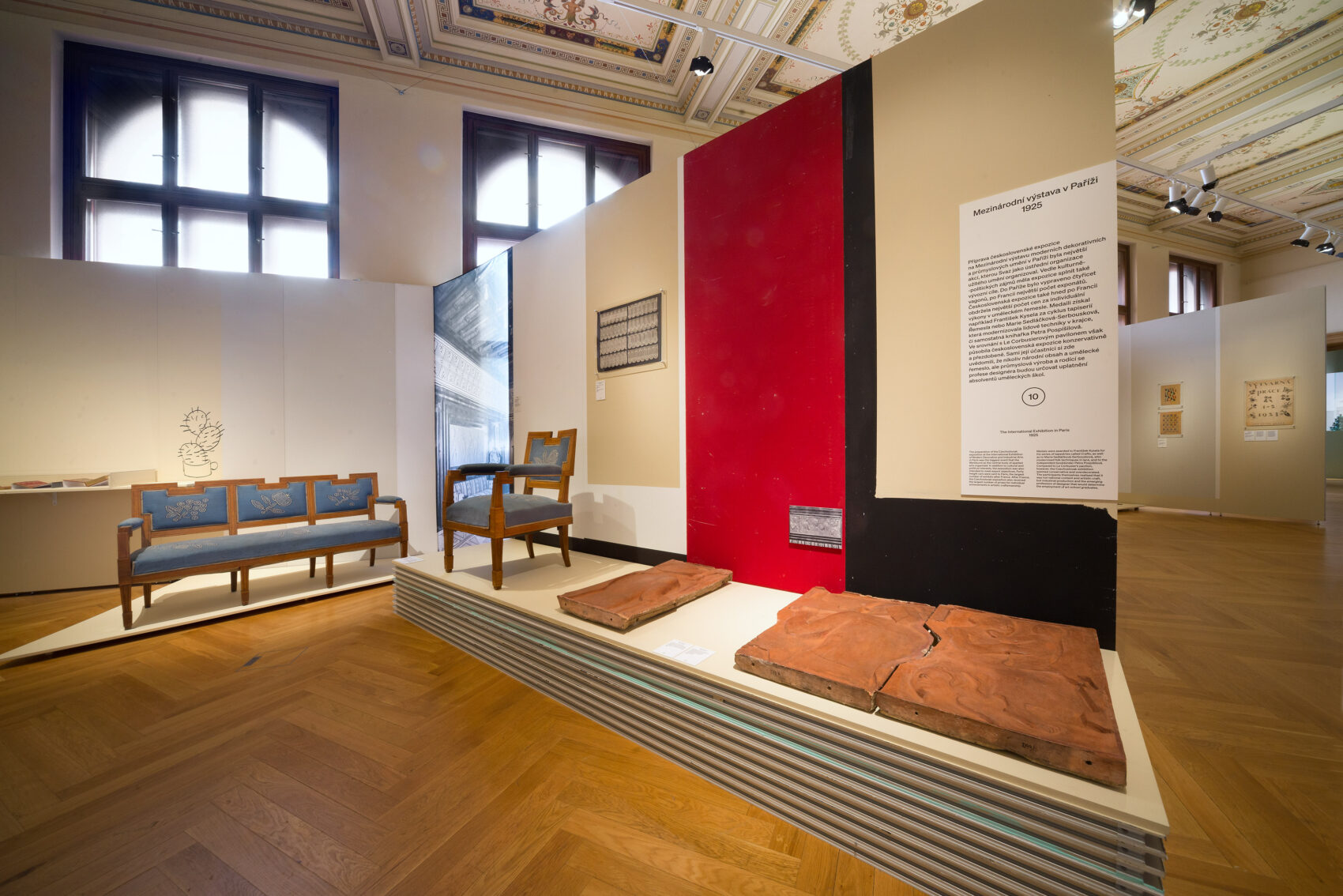
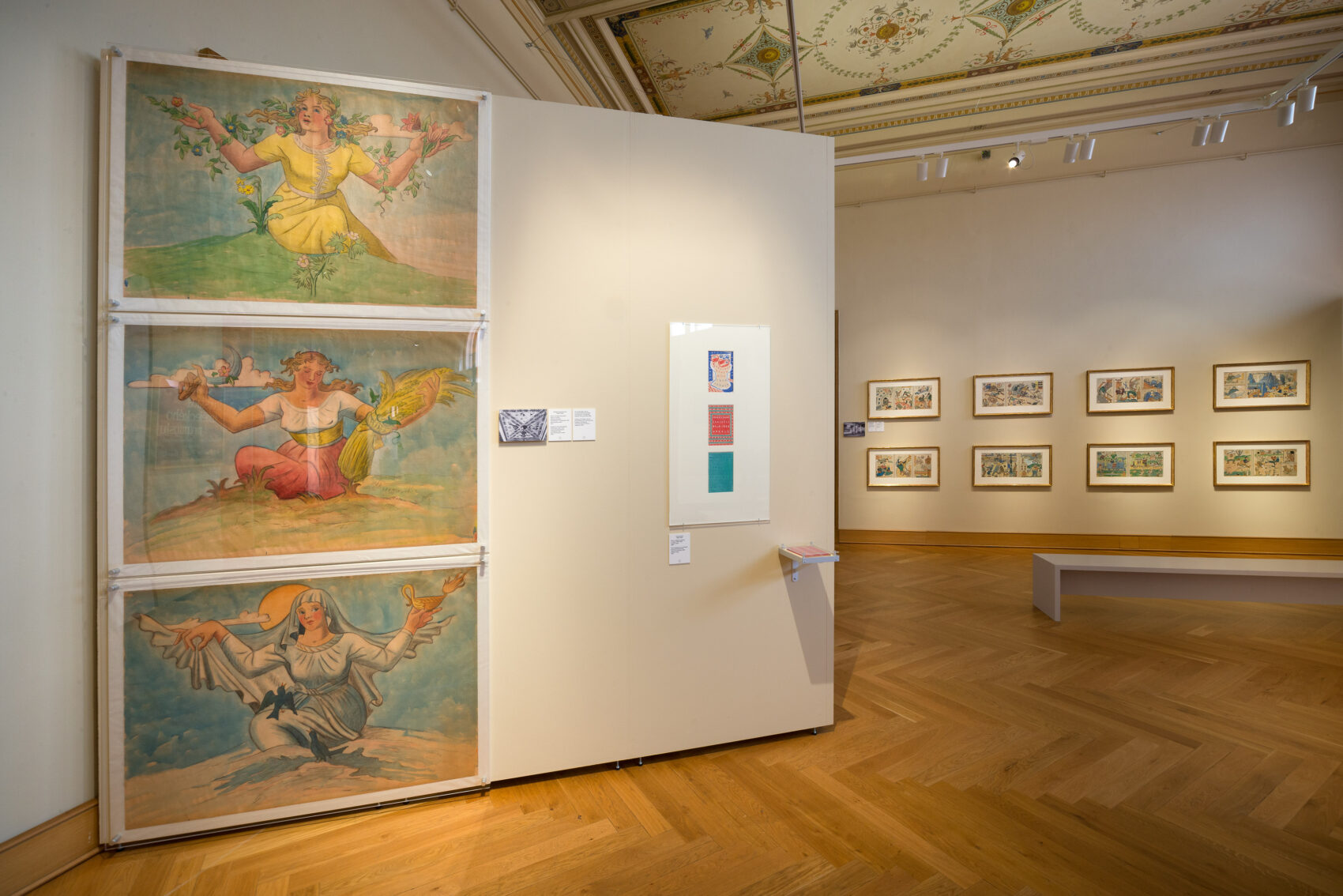
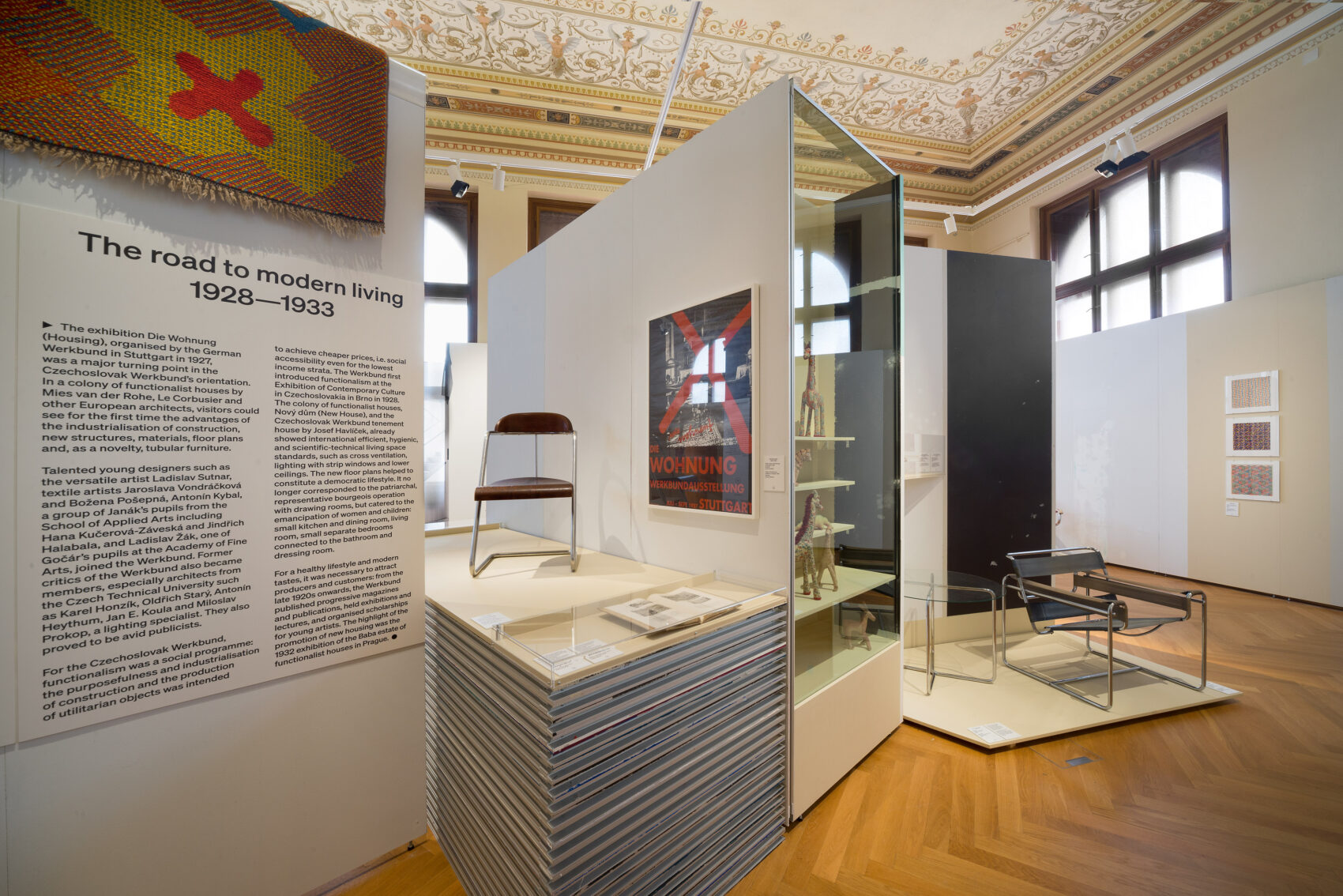
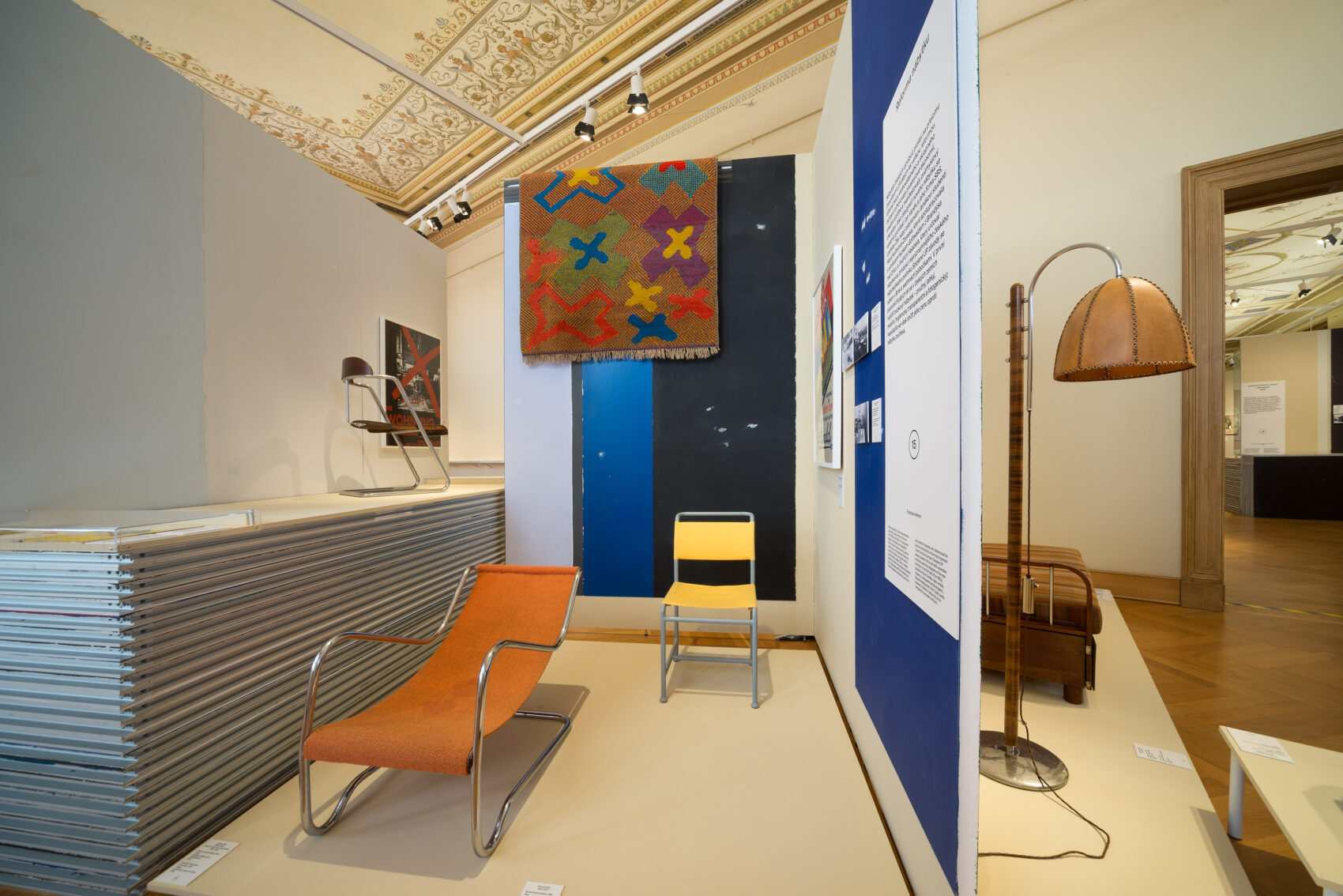
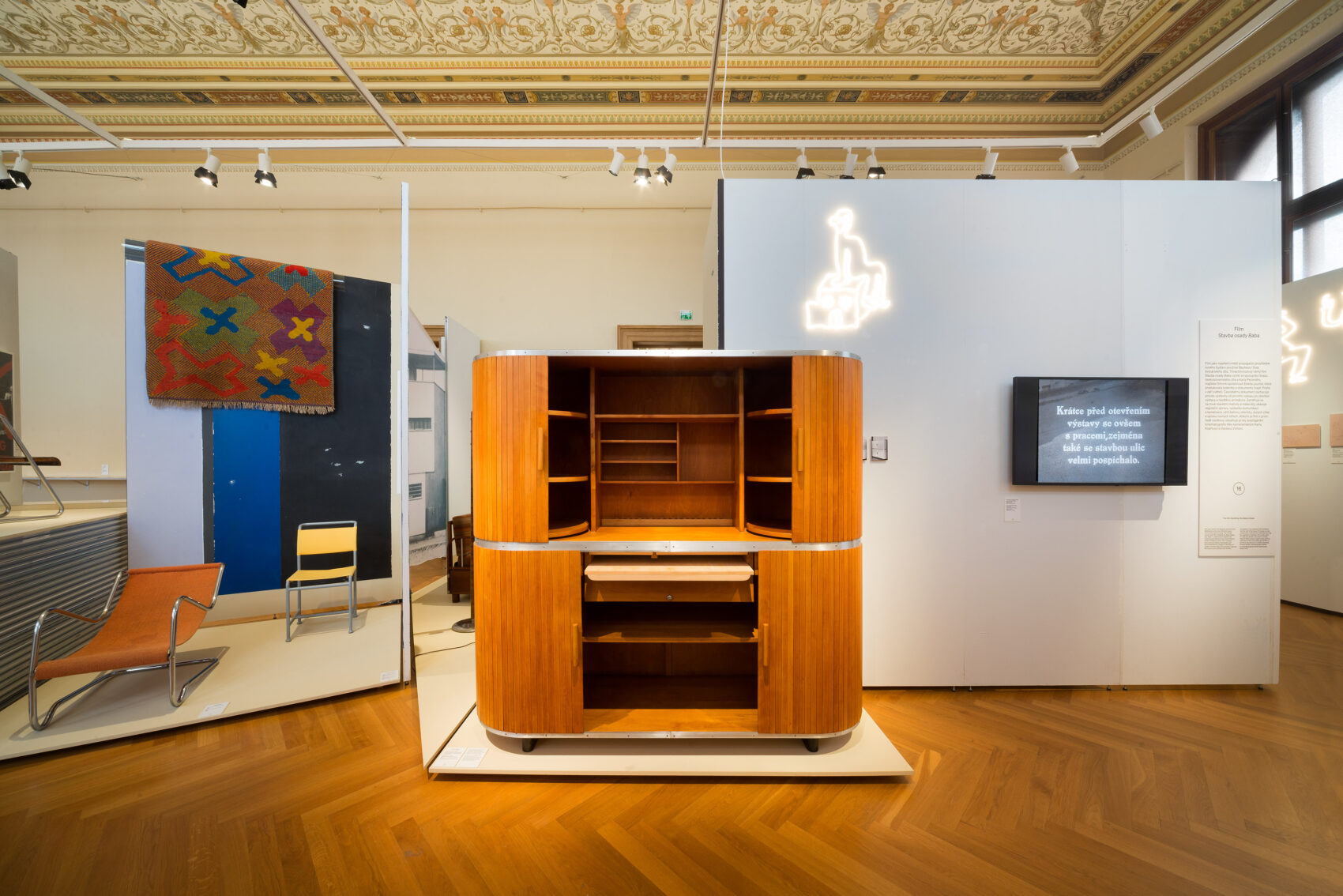


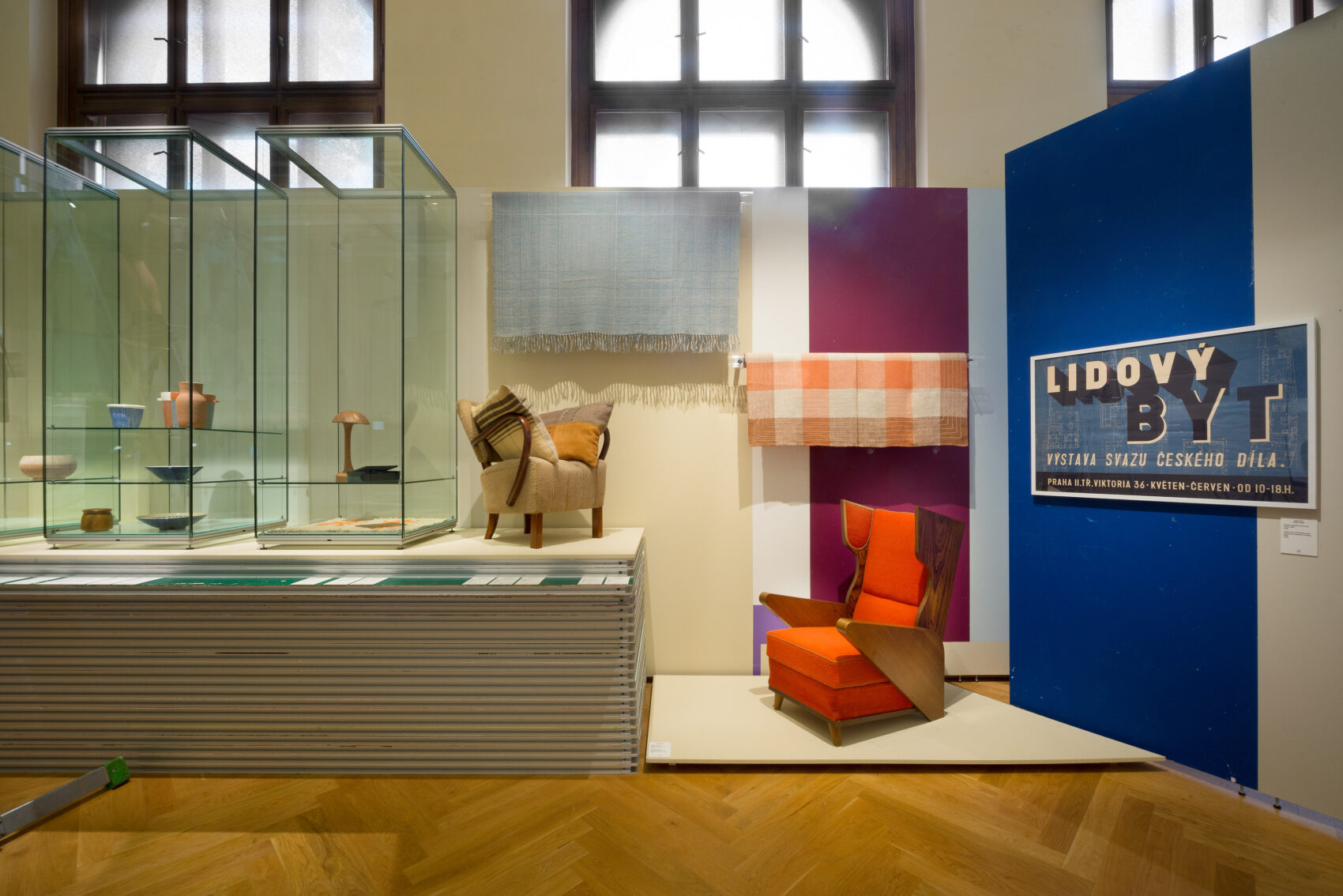
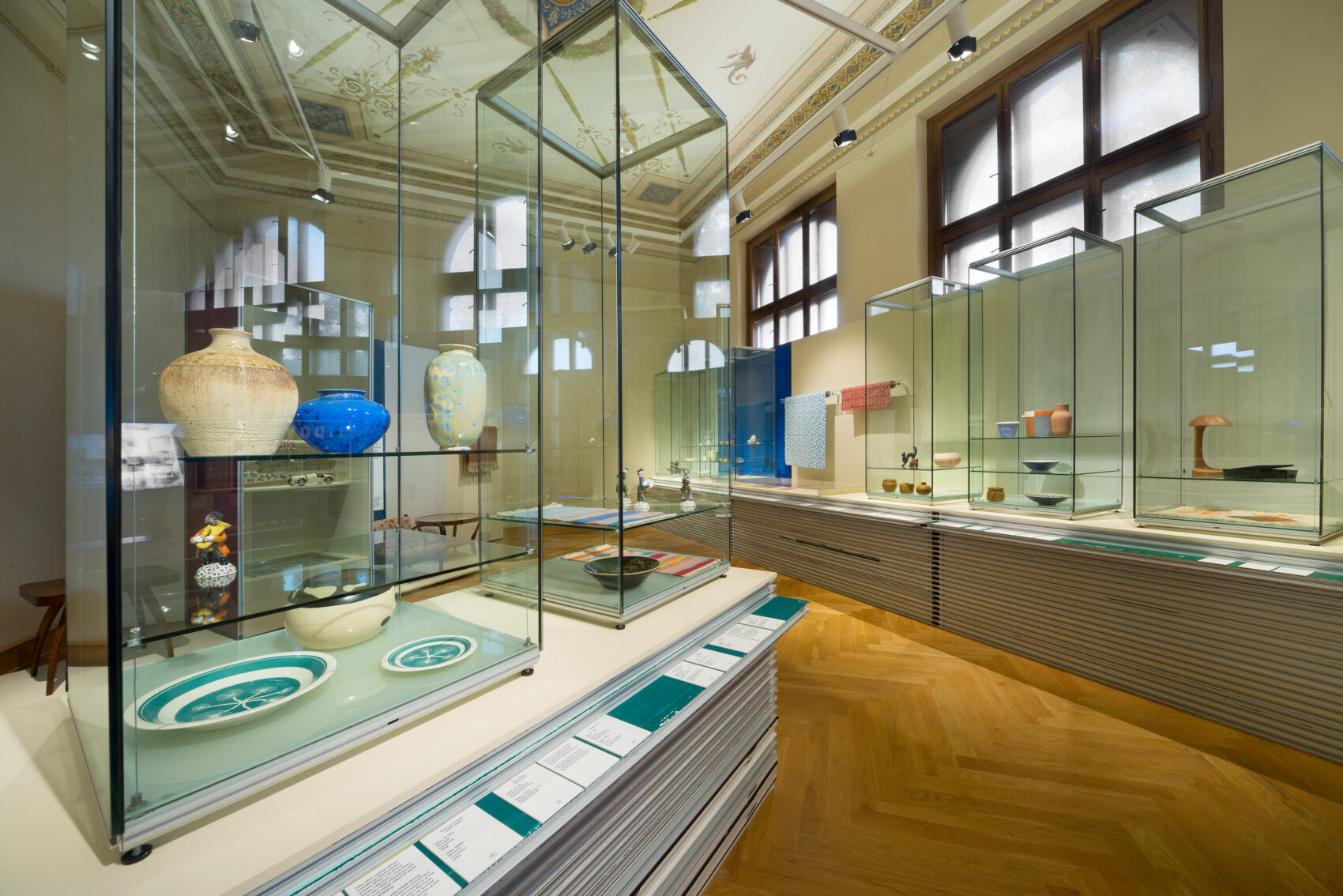


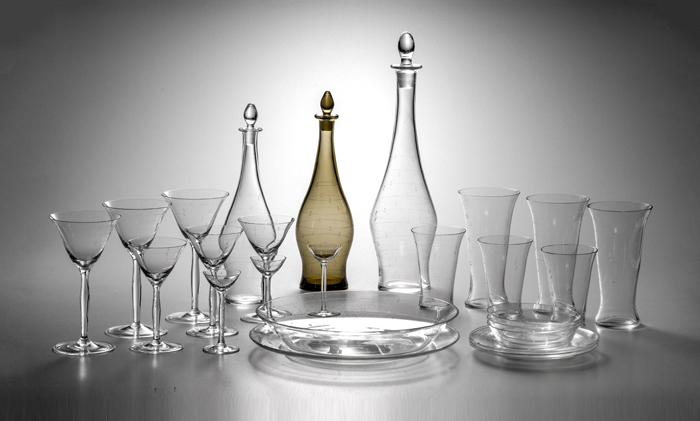
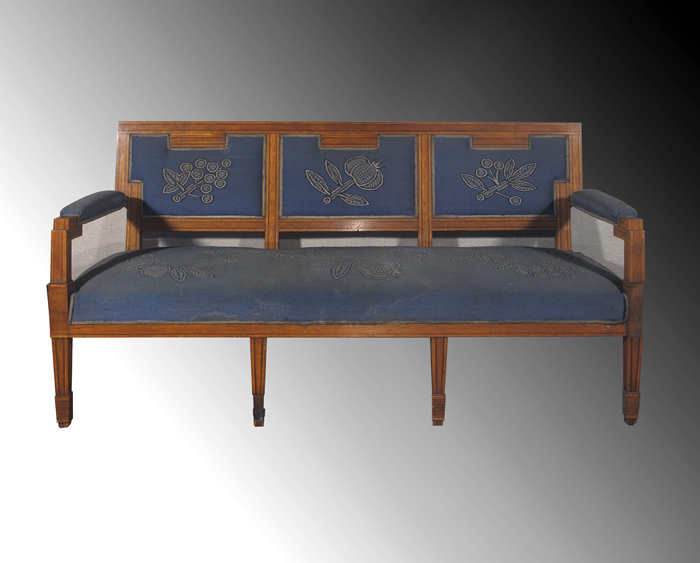

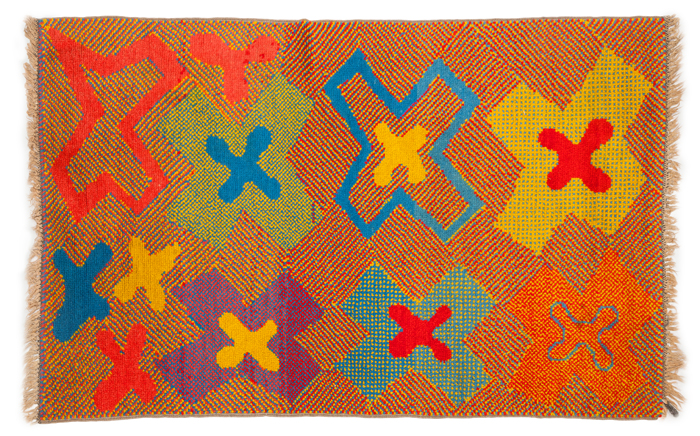
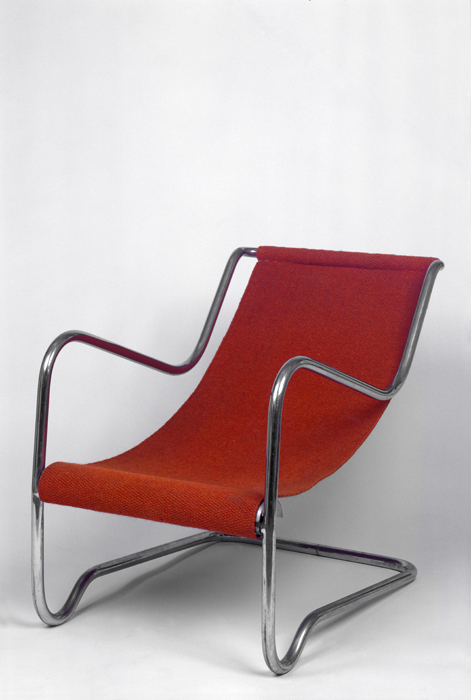
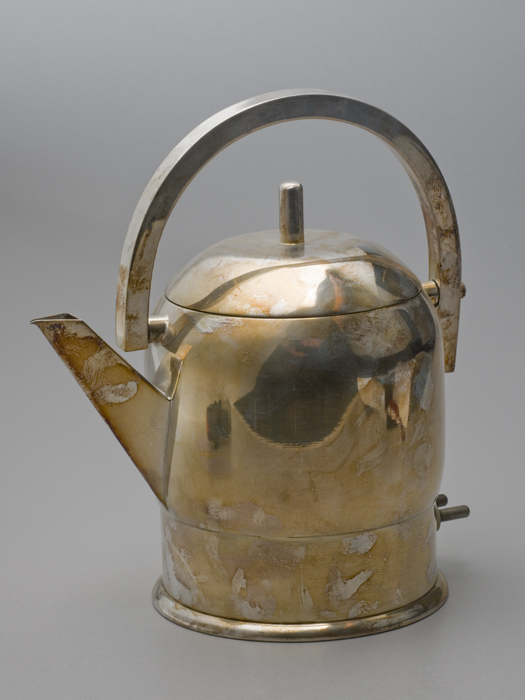
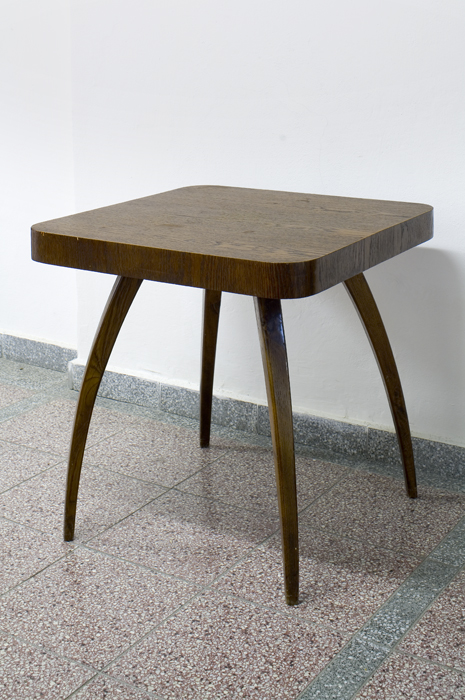

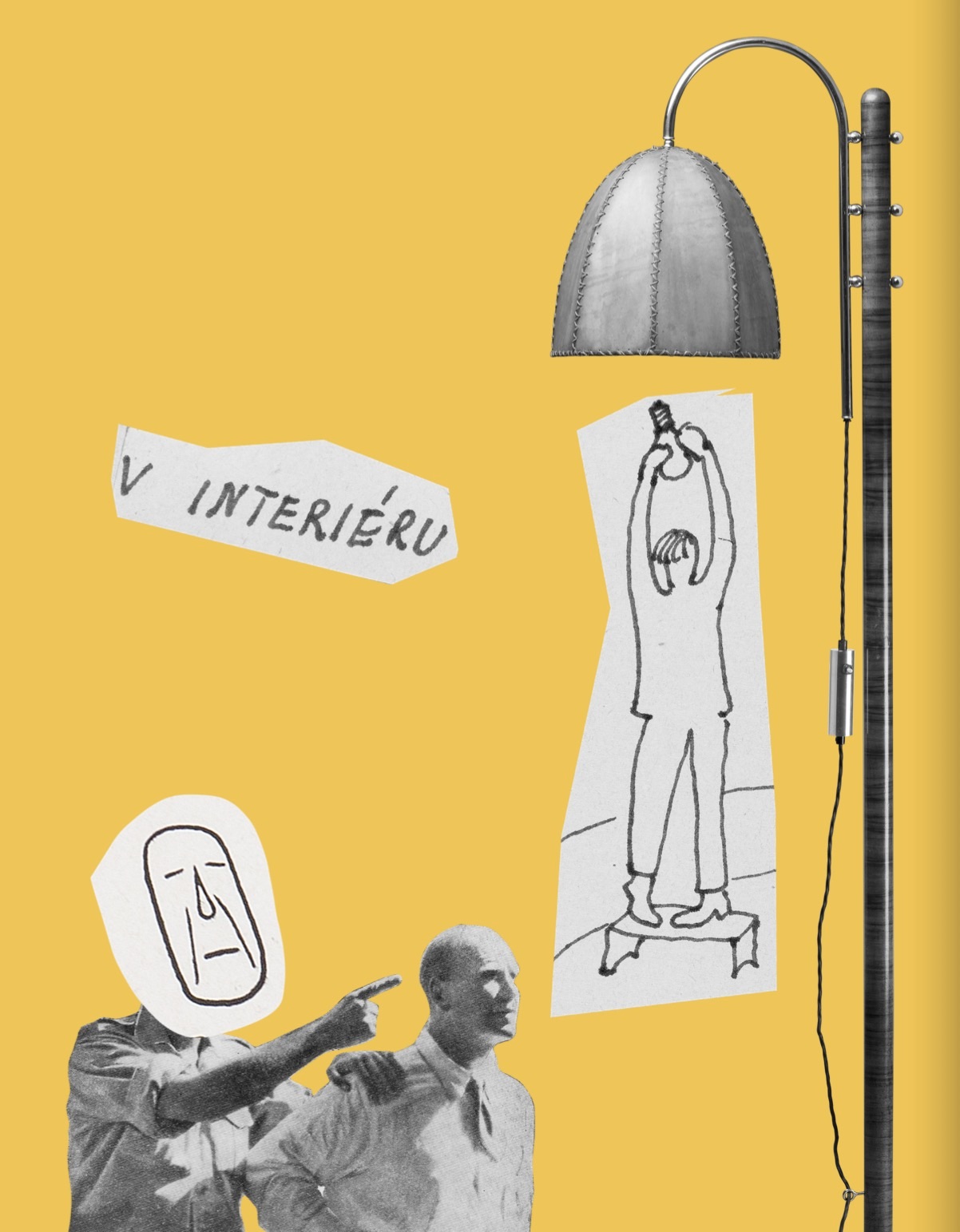

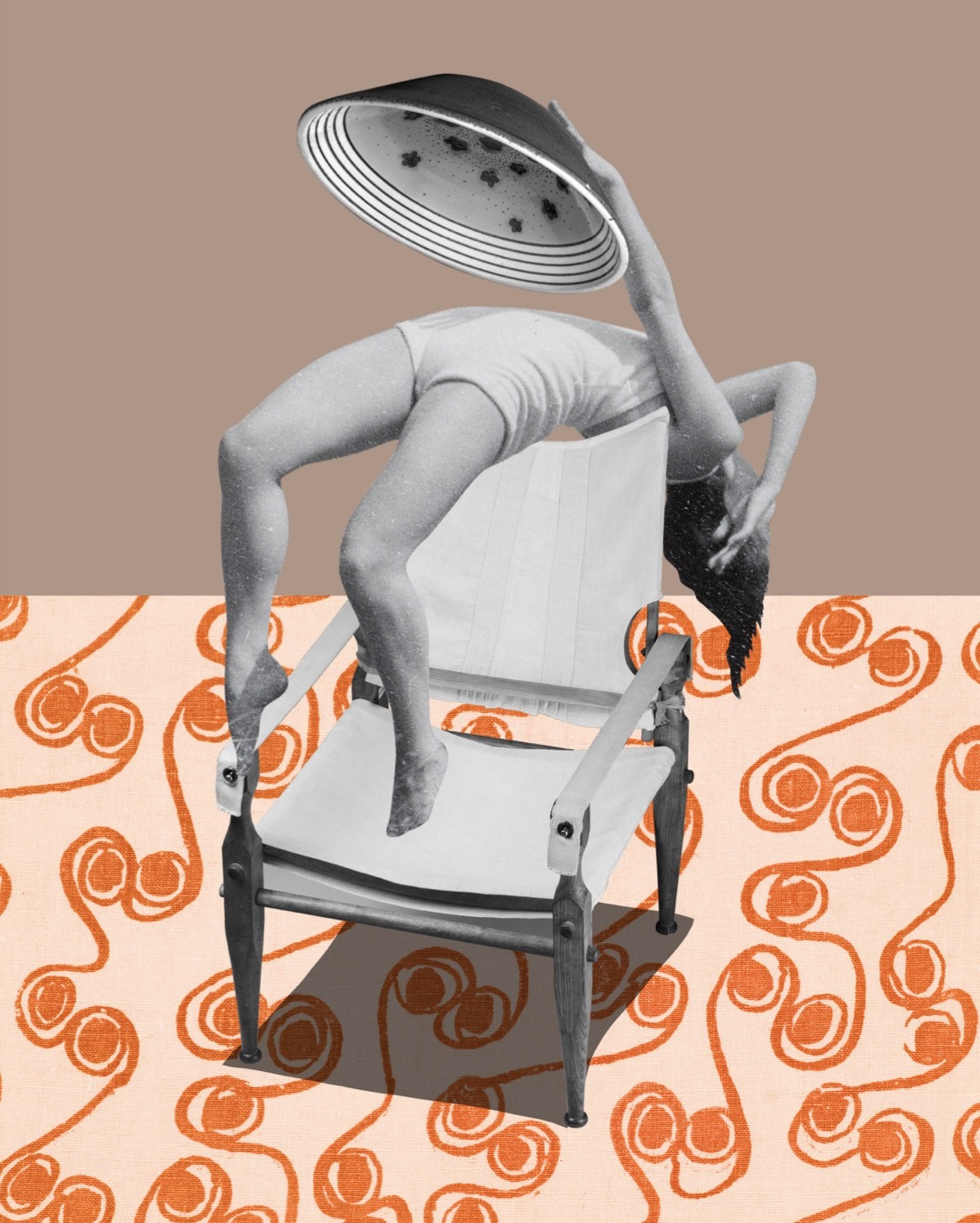

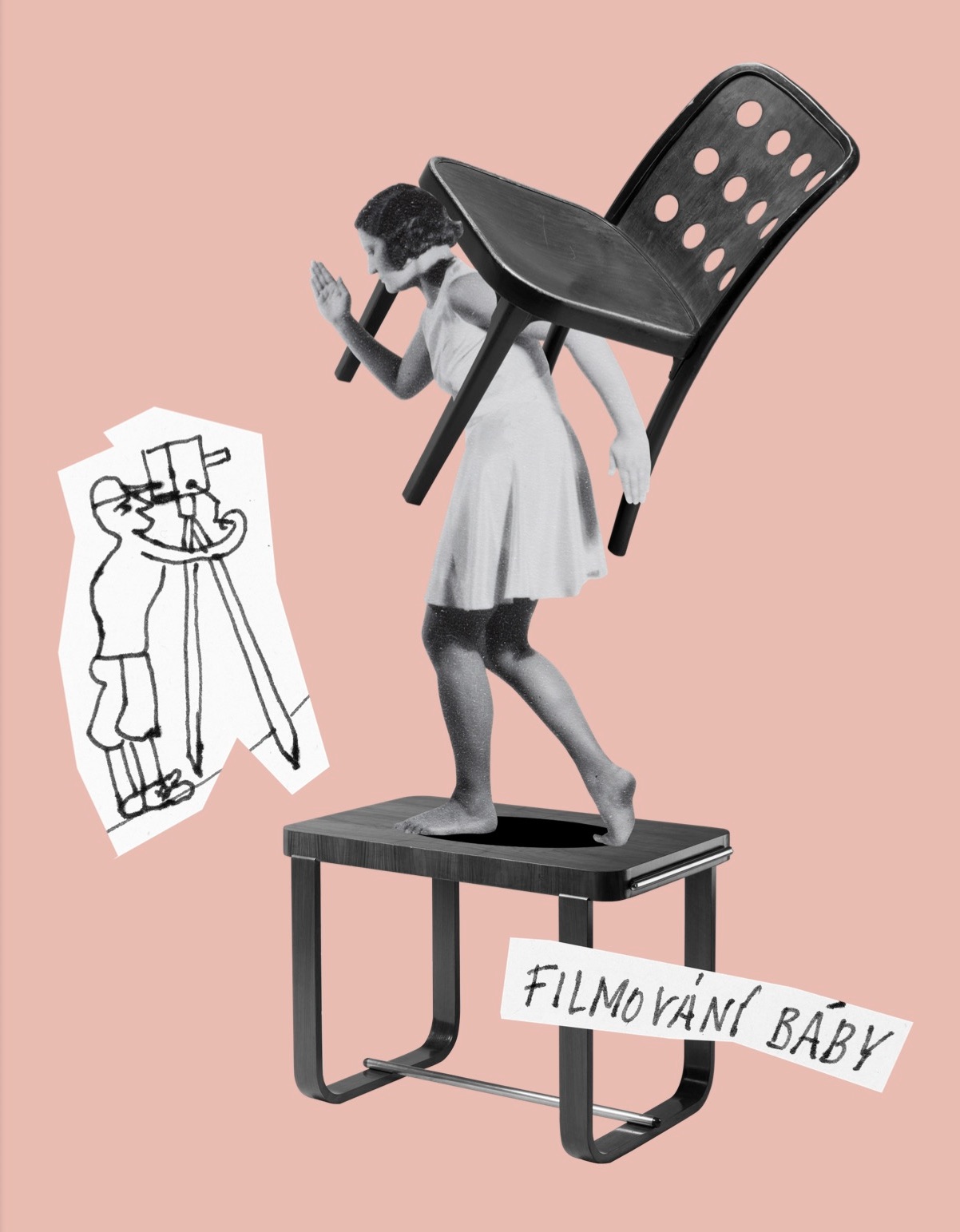
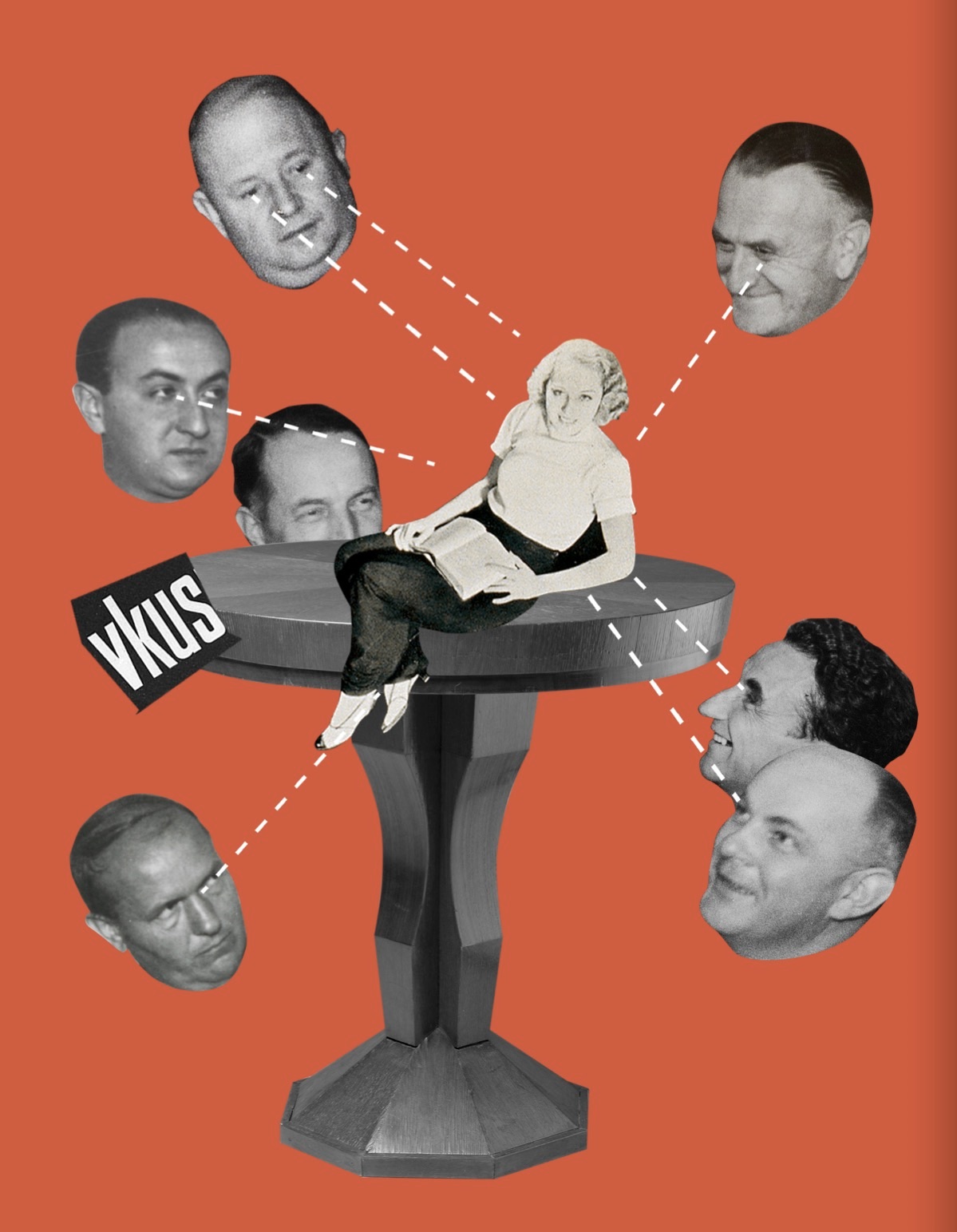

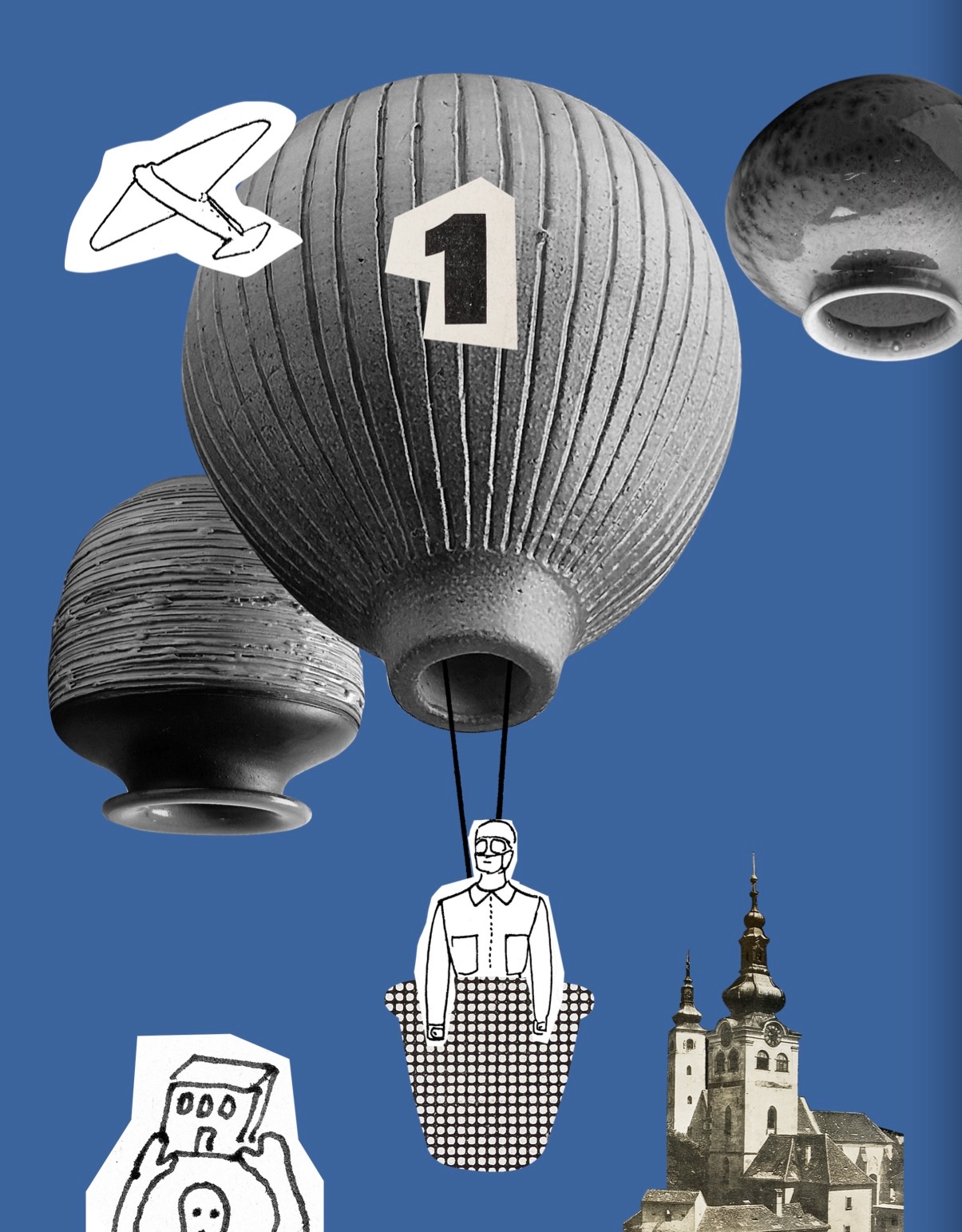
The Museum of Decorative Arts – main building
17. listopadu 2
110 00 Prague 1
Opening Hours
Tuesday 10 a.m.–8 p.m.
Wednesday – Sunday 10 a.m.–6 p.m.
Monday closed
Addmission
full CZK 150 | concession CZK 80